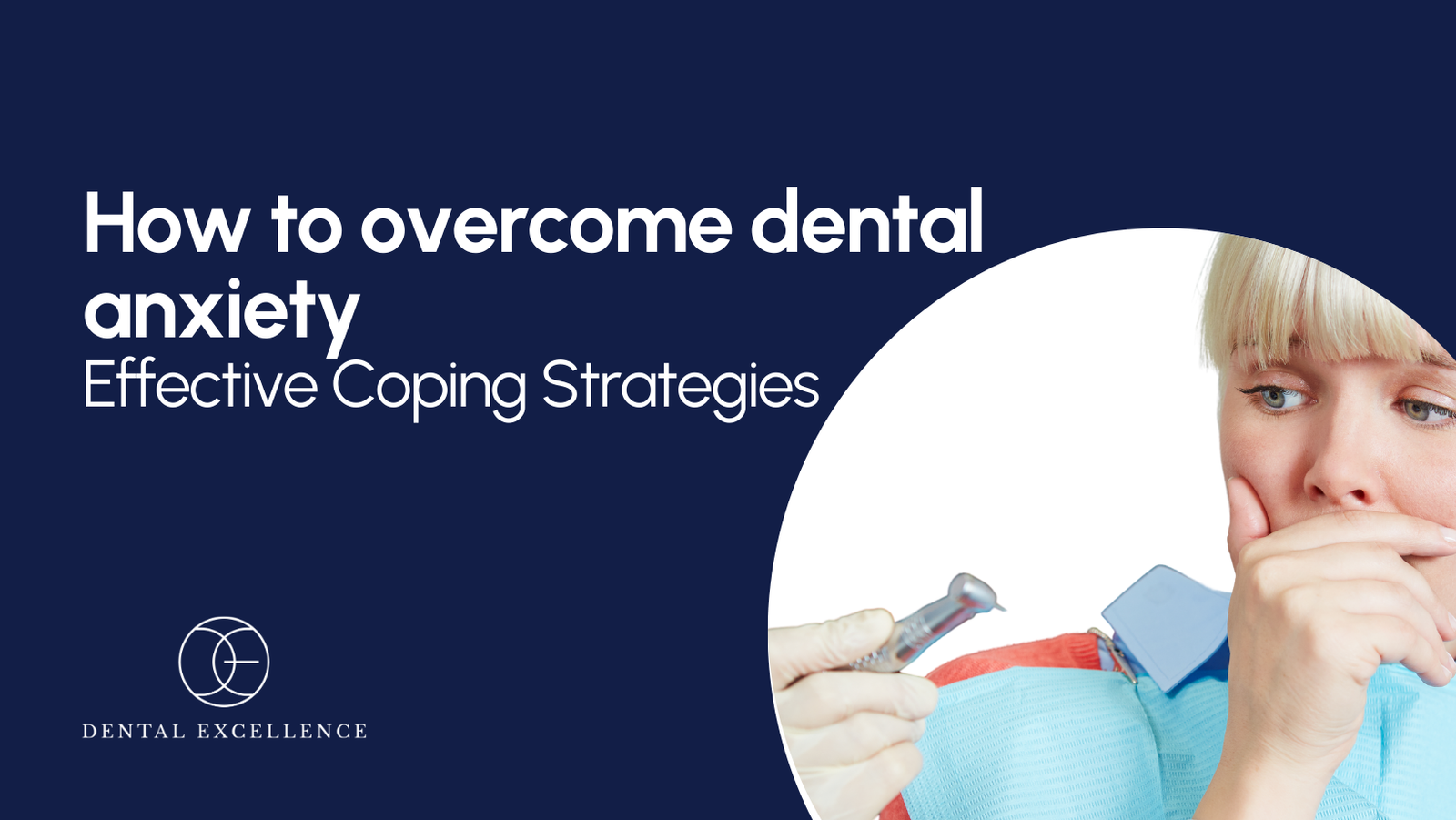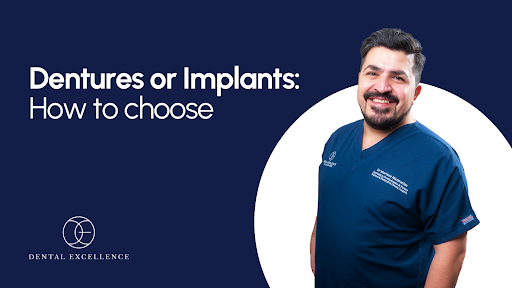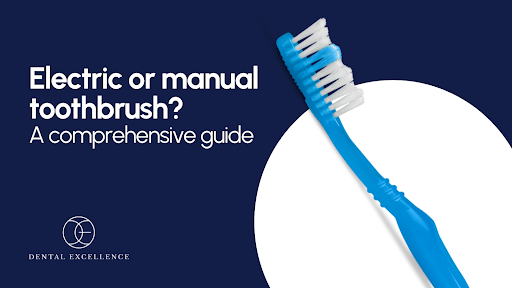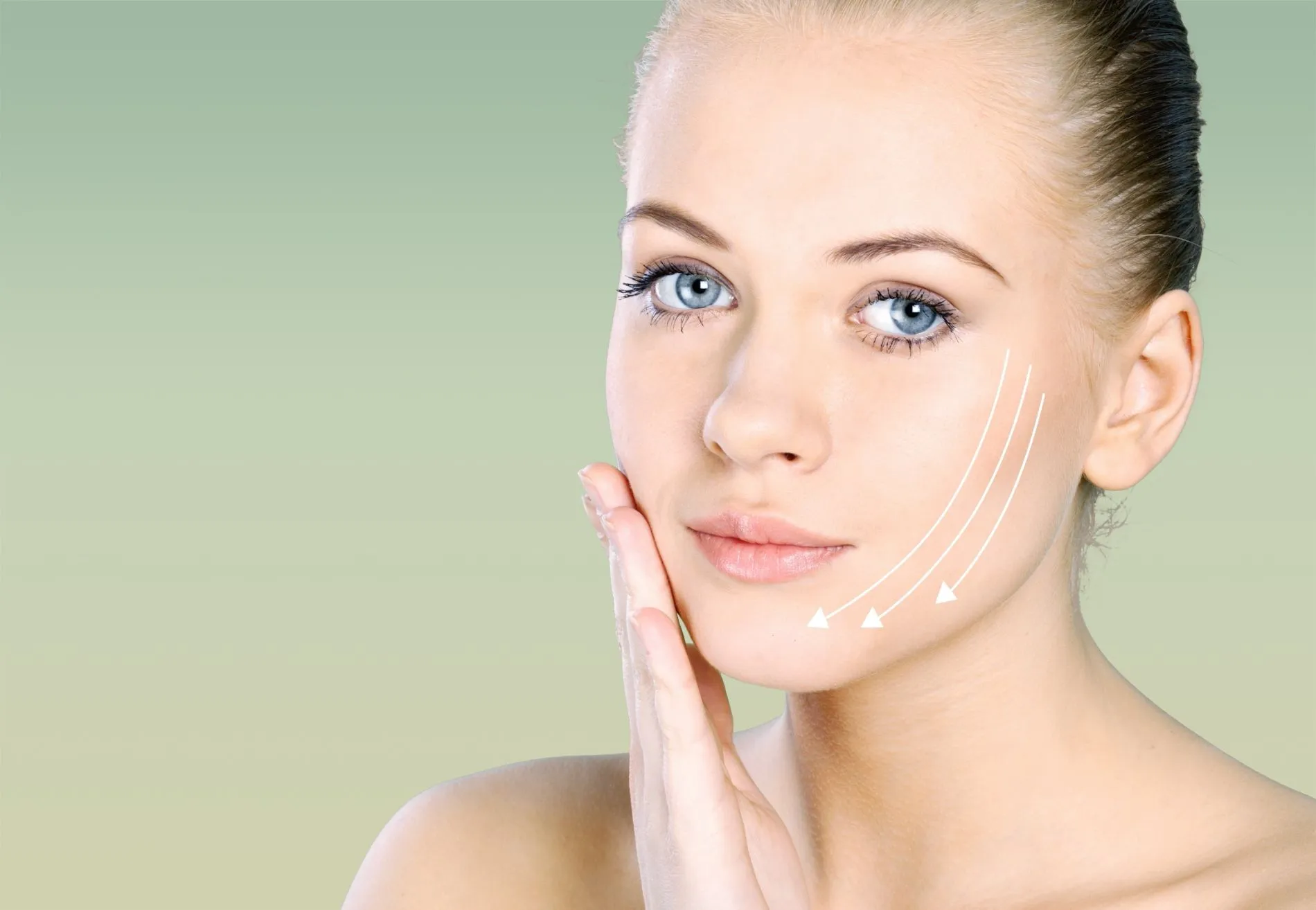What Is the Recommended Texture for a Manual Toothbrush?
Choosing the right toothbrush is essential for maintaining good oral health, yet many people overlook the importance of toothbrush texture. The texture of a manual toothbrush, especially the bristles, can significantly affect your brushing experience, the effectiveness of plaque removal, and the overall health of your gums and teeth. This comprehensive article will explore the recommended texture for a manual toothbrush, focusing on soft bristles, and answer related questions to provide a thorough understanding of this vital oral hygiene tool.
Understanding toothbrush textures
Toothbrushes come in various textures, primarily categorized by the firmness of the bristles: soft, medium, and hard. Each type has its benefits and drawbacks, but dental professionals generally recommend soft-bristled toothbrushes for most individuals.
1. Soft-Bristled Toothbrushes: The preferred choice
Soft-bristled toothbrushes are designed with gentle nylon bristles that effectively clean teeth and gums without causing damage. Here are several reasons why a soft-bristled toothbrush is the preferred choice.
Soft bristles provide a comfortable brushing experience, reducing the risk of gum irritation and recession. Hard bristles can be abrasive, leading to painful brushing experiences and potential long-term damage.
Studies have shown that soft-bristled brushes are effective at removing plaque and debris from teeth surfaces. The flexibility of the soft bristles allows them to reach into the crevices between teeth and along the gum line, ensuring a thorough clean.
Using a hard-bristled toothbrush can contribute to enamel wear over time, which increases the risk of cavities and sensitivity. Soft bristles are less likely to cause this damage, making them a safer choice for long-term oral health.
If you have sensitive teeth or gum issues, a soft-bristled toothbrush is particularly beneficial. It allows for gentle brushing without exacerbating sensitivity or discomfort.
- Comfortable Brushing: Soft bristles reduce the risk of gum irritation and recession, providing a more comfortable brushing experience compared to hard bristles.
- Effective Cleaning: Soft-bristled brushes effectively remove plaque and debris, reaching into crevices between teeth and along the gum line for a thorough clean.
- Protects Enamel: Soft bristles minimize the risk of enamel wear, reducing the likelihood of cavities and sensitivity over time.
- Ideal for Sensitivity: Soft-bristled toothbrushes are especially beneficial for individuals with sensitive teeth or gum issues, allowing for gentle brushing without increasing discomfort.
Why other textures might not be ideal
While soft-bristled toothbrushes are generally recommended, it’s important to understand the potential drawbacks of medium and hard-bristled options.
These brushes offer a bit more firmness than soft bristles and can be effective for some individuals. However, they may still cause gum irritation if used too vigorously. Many people mistakenly believe that a firmer brush will clean better, but this is not always true.
These toothbrushes are rarely recommended by dental professionals. Hard bristles can damage enamel, lead to gum recession, and even create discomfort. Using a hard-bristled brush, especially with excessive pressure, can have long-term consequences for oral health.
The importance of proper brushing technique
While the texture of your toothbrush plays a significant role in oral hygiene, proper brushing technique is equally important. Regardless of the bristle texture, effective brushing can greatly impact your dental health. Here are some tips to ensure you’re brushing correctly.
Hold your toothbrush at a 45-degree angle to your gums. Gently move the brush back and forth in short (tooth-wide) strokes. Avoid vigorous scrubbing, as this can cause gum irritation and enamel wear.
Brush for at least two minutes, ensuring you spend time on each quadrant of your mouth. This allows for thorough cleaning and plaque removal.
Let the bristles do the work. Applying too much pressure can lead to gum damage and enamel wear.
Make sure to brush all surfaces of your teeth, including the outer, inner, and chewing surfaces, as well as your tongue. This helps remove bacteria and keeps your mouth fresh.
- Proper Angle: Hold your toothbrush at a 45-degree angle to your gums and use gentle, short strokes to avoid gum irritation and enamel wear.
- Sufficient Brushing Time: Brush for at least two minutes, covering each quadrant of your mouth for thorough cleaning.
- Gentle Pressure: Let the bristles do the work, avoiding excessive pressure to prevent gum damage and enamel wear.
- Comprehensive Cleaning: Brush all tooth surfaces—outer, inner, chewing—and your tongue to effectively remove bacteria and maintain fresh breath.
Choosing the Right Toothbrush for Your Needs
When selecting a manual toothbrush, consider the following factors.
Size and Shape: Toothbrushes come in a variety of shapes and sizes. A smaller brush head can be particularly useful for reaching those tricky areas, like the back of your mouth. Additionally, it’s important to pick a handle that feels comfortable in your hand, as this will give you better control while brushing.
Bristle Texture: As mentioned earlier, it’s generally best to go with a soft-bristled toothbrush unless your dentist advises otherwise. Soft bristles are gentle on your gums and enamel, making them a safe choice for most people.
Special Features: Some toothbrushes offer additional features like rubber grips for a better hold, tongue cleaners, or angled bristles designed to improve cleaning effectiveness. Depending on your personal needs, these features might be worth considering.
Electric vs. Manual: Although we’re focusing on manual toothbrushes here, it’s worth noting that electric toothbrushes with soft bristles can also be very effective. They often come with built-in timers to make sure you brush for the right amount of time and pressure sensors to help you avoid brushing too hard.
Some common questions related to the right toothbrush
To provide a more comprehensive understanding of toothbrushes and their textures, let’s address some common questions related to this topic.
1. Why should I choose a Soft-Bristled Toothbrush over a medium or Hard One?
Choosing a soft-bristled toothbrush minimizes the risk of gum damage and enamel wear. Many people mistakenly believe that harder bristles clean better, but this is not the case. Soft bristles effectively remove plaque while being gentle on your gums, making them suitable for everyone, including those with sensitive teeth.
2. How often should I replace my manual toothbrush?
Dental professionals recommend replacing your toothbrush every three to four months or sooner if the bristles become frayed. A worn-out toothbrush is less effective at cleaning teeth and can harbor bacteria. If you’ve been ill, it’s advisable to replace your toothbrush afterward to prevent re-infection.
3. Can using the wrong toothbrush texture cause gum problems?
Yes, using the wrong toothbrush texture can lead to gum problems. Hard-bristled brushes can cause gum recession, leading to sensitivity and other complications. On the other hand, soft-bristled brushes are gentler and less likely to cause damage, promoting better gum health.
4. How can I tell If my toothbrush is too hard?
If you experience discomfort or bleeding gums while brushing, your toothbrush may be too hard. Additionally, if you notice significant wear on the bristles or sensitivity in your teeth, it may be time to switch to a soft-bristled option.
5. Are there special toothbrushes for specific needs?
Yes, certain toothbrushes are designed for specific needs. For example, children’s toothbrushes typically have softer bristles and smaller heads. There are also toothbrushes designed for individuals with braces or gum disease, often featuring softer bristles and unique shapes to facilitate effective cleaning.
Additional tips for maintaining oral health
At our dental practice, we are dedicated to providing our patients with the best advice to maintain optimal oral health. Using the right toothbrush is just one component of achieving a healthy, radiant smile. Here are some additional recommendations that can make a significant difference in caring for your teeth and gums:
Floss Daily: While brushing your teeth is essential, it alone cannot remove all plaque and food particles, particularly from the spaces between your teeth. Incorporating flossing into your daily routine is crucial for ensuring a thorough and complete clean. Flossing helps prevent cavities and gum disease by reaching areas that a toothbrush can’t, ensuring that your mouth stays healthy.
Use Mouthwash: An antimicrobial mouthwash can play a vital role in reducing the bacteria present in your mouth, thereby contributing to better overall oral health. It’s important to choose a mouthwash that is alcohol-free and recommended by dental professionals, as this ensures it is gentle on your mouth while effectively reducing bacteria, freshening breath, and supporting your oral hygiene routine.
Visit Your Dentist Regularly: Regular dental check-ups and professional cleanings are essential for maintaining oral health. During these visits, your dentist can detect early signs of potential issues such as cavities, gum disease, or other oral health problems that may not be noticeable at home. Additionally, your dentist can provide personalized advice and recommendations tailored to your specific needs, ensuring that your oral care routine is as effective as possible.
Maintain a Healthy Diet: What you eat has a significant impact on your oral health. A balanced diet that is rich in vitamins and minerals is crucial for keeping your teeth and gums strong. Consuming foods high in calcium and vitamin D, for example, can help fortify your teeth, while foods rich in vitamin C support gum health. It is also important to limit your intake of sugary foods and drinks, as sugar can lead to tooth decay and other oral health issues. Opting for healthier snacks, such as fruits, vegetables, and nuts, can help maintain your oral health while supporting your overall well-being.
Conclusion
The texture of your manual toothbrush is an important consideration for maintaining optimal oral health. Soft-bristled toothbrushes are recommended for most individuals due to their gentle yet effective cleaning capabilities. By choosing the right toothbrush, practicing good brushing techniques, and maintaining a comprehensive oral hygiene routine, you can ensure a healthy smile for years to come.
By understanding the significance of toothbrush texture and making informed choices, you empower yourself to take control of your oral health. If you have any specific concerns or questions about your oral hygiene routine, consult your dentist for personalized advice and recommendations.






